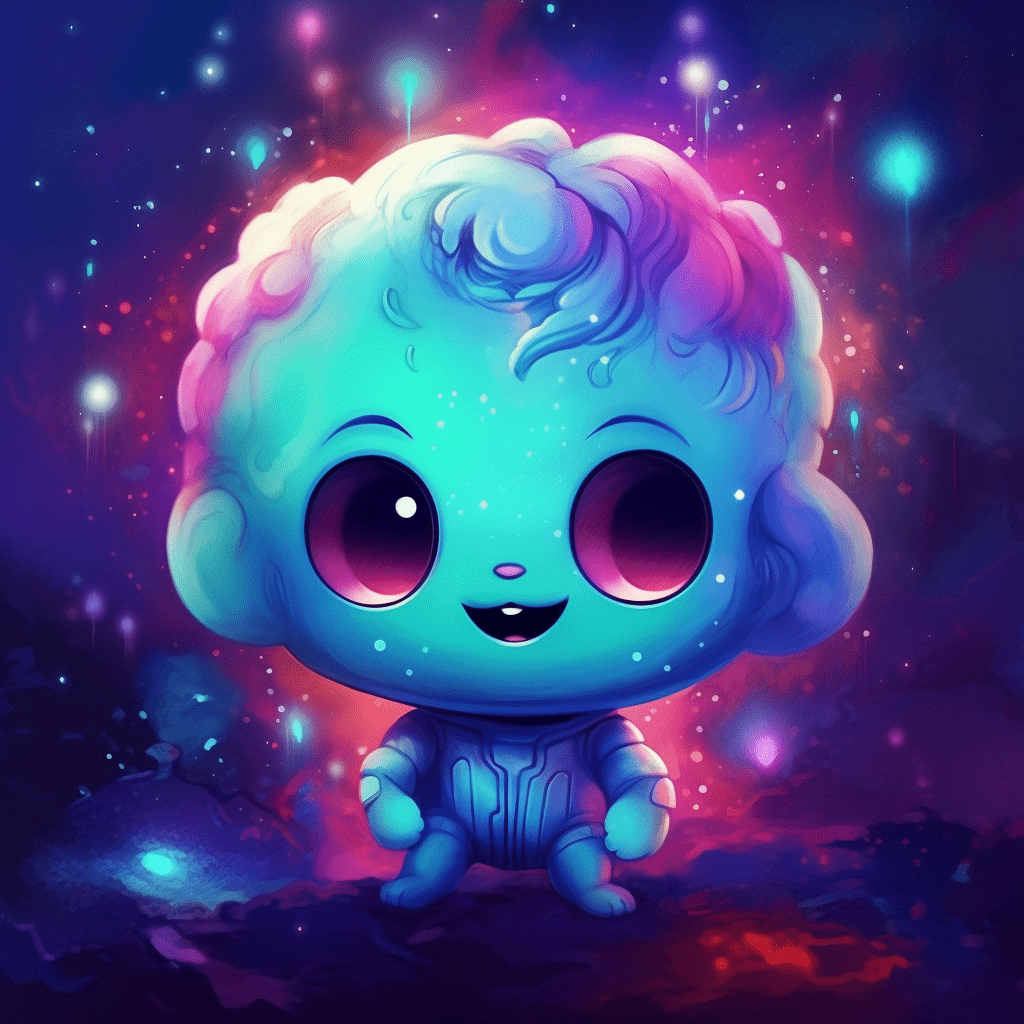The non-fungible token (NFT) market has experienced rapid growth, with various industries adopting this unique blockchain technology. One sector in particular, gaming and virtual worlds, has benefited immensely from the emergence of NFTs. As the NFT space continues to evolve, new standards like ERC721a bring even more possibilities and improvements to the table. In this article, we’ll explore how ERC721a can be applied to gaming and virtual worlds and the potential impact it may have on this burgeoning industry.

The Advantages of ERC721a in Gaming and Virtual Worlds
ERC721a, an upgraded version of the ERC721 standard, offers several advantages that make it particularly suited for gaming and virtual worlds. These improvements include:
- Reduced gas fees: One of the primary benefits of the ERC721a standard is the reduction in gas fees associated with minting and transferring tokens. This is particularly important for gaming and virtual worlds, where users often interact with numerous NFTs. By lowering the cost of these interactions, ERC721a makes it more affordable for users to engage in virtual economies.
- Batch operations: Another key feature of ERC721a is its support for batch operations. This means that multiple NFTs can be transferred or minted in a single transaction, significantly reducing the overall cost and complexity of managing in-game assets. This is especially useful for gaming developers, as they can easily create and distribute large quantities of NFTs for their virtual worlds.
- Metadata flexibility: ERC721a also provides greater flexibility when it comes to metadata. In the context of gaming and virtual worlds, this allows developers to create more sophisticated and dynamic NFTs, such as those with varying attributes, levels, or abilities. This flexibility can enhance the overall user experience and encourage deeper engagement with virtual environments.
Examples of ERC721a in Gaming and Virtual Worlds

As more developers begin to adopt the ERC721a standard, we can expect to see an increasing number of gaming and virtual world projects that leverage its advantages. Some examples include:
- In-game items and collectibles: ERC721a can be used to create unique in-game items and collectibles, such as weapons, armor, or artifacts. These NFTs can be traded, sold, or used within the game environment, adding an extra layer of depth and engagement for players.
- Virtual land and property: Virtual worlds often feature land and property that users can purchase, develop, and trade. By using ERC721a, developers can tokenize these virtual assets, enabling users to easily manage and transfer ownership of their digital properties.
- Gaming characters: Another potential use case for ERC721a is the creation of gaming characters with unique attributes, abilities, and levels. By tokenizing these characters, developers can provide players with a more engaging and immersive gaming experience, as well as a potential source of revenue through the sale and trade of these unique NFTs.
- Cross-platform compatibility: ERC721a can also facilitate cross-platform compatibility, allowing NFTs to be used across multiple games and virtual worlds. This can help create a more interconnected virtual ecosystem, where users can transfer and use their digital assets in various environments.
Adopting ERC721a in the Development Process
For developers looking to incorporate ERC721a into their gaming and virtual world projects, there are several key steps to consider:
- Research and planning: Before diving into the development process, it’s important to research the ERC721a standard and plan how it will be integrated into your project. This may involve determining the types of NFTs you’ll create, how they’ll interact within your virtual environment, and the role they’ll play in your game’s economy
- Development and testing: Once you have a clear plan in place, the next step is to develop your ERC721a-based NFTs and integrate them into your gaming environment. This will likely involve writing smart contracts, creating your NFT assets, and testing their functionality within your virtual world.
- Marketing and community building: After your ERC721a NFTs are fully developed and integrated, it’s essential to promote them to potential users and build a community around your game or virtual world. This can involve showcasing the unique benefits of your NFTs, engaging with potential players through social media and forums, and encouraging users to participate in your virtual ecosystem.
Looking Ahead: The Future of ERC721a in Gaming and Virtual Worlds
As NFTs continue to gain mainstream adoption, it’s clear that the gaming and virtual world industries stand to benefit immensely from this technology. The ERC721a standard, in particular, offers several key advantages that can help developers create more engaging, dynamic, and interconnected virtual environments.
In the coming years, we can expect to see more gaming and virtual world projects adopting ERC721a, leading to a richer and more immersive virtual landscape. By staying at the forefront of this trend, developers can ensure that their projects remain competitive and relevant in this rapidly evolving industry.
Final Thoughts

ERC721a offers a promising avenue for the future of gaming and virtual worlds, with its reduced gas fees, batch operations, metadata flexibility, and other benefits. As the NFT landscape continues to evolve, developers should consider adopting this standard to create more engaging, dynamic, and interconnected virtual environments that cater to the growing interest in digital assets.
